Blue Spring State Park in Florida witnessed a historic gathering of manatees. Nearly 1,000 of these marine mammals, often referred to as sea cows, converged at the park, surpassing the previous record.
On New Year’s Day 2024, a total of 736 manatees was recorded, but this new assembly has dwarfed that number. The park shared this extraordinary occurrence on Facebook, noting the unprecedented number of manatees in one location.
Cold Weather Triggers Manatee Movement
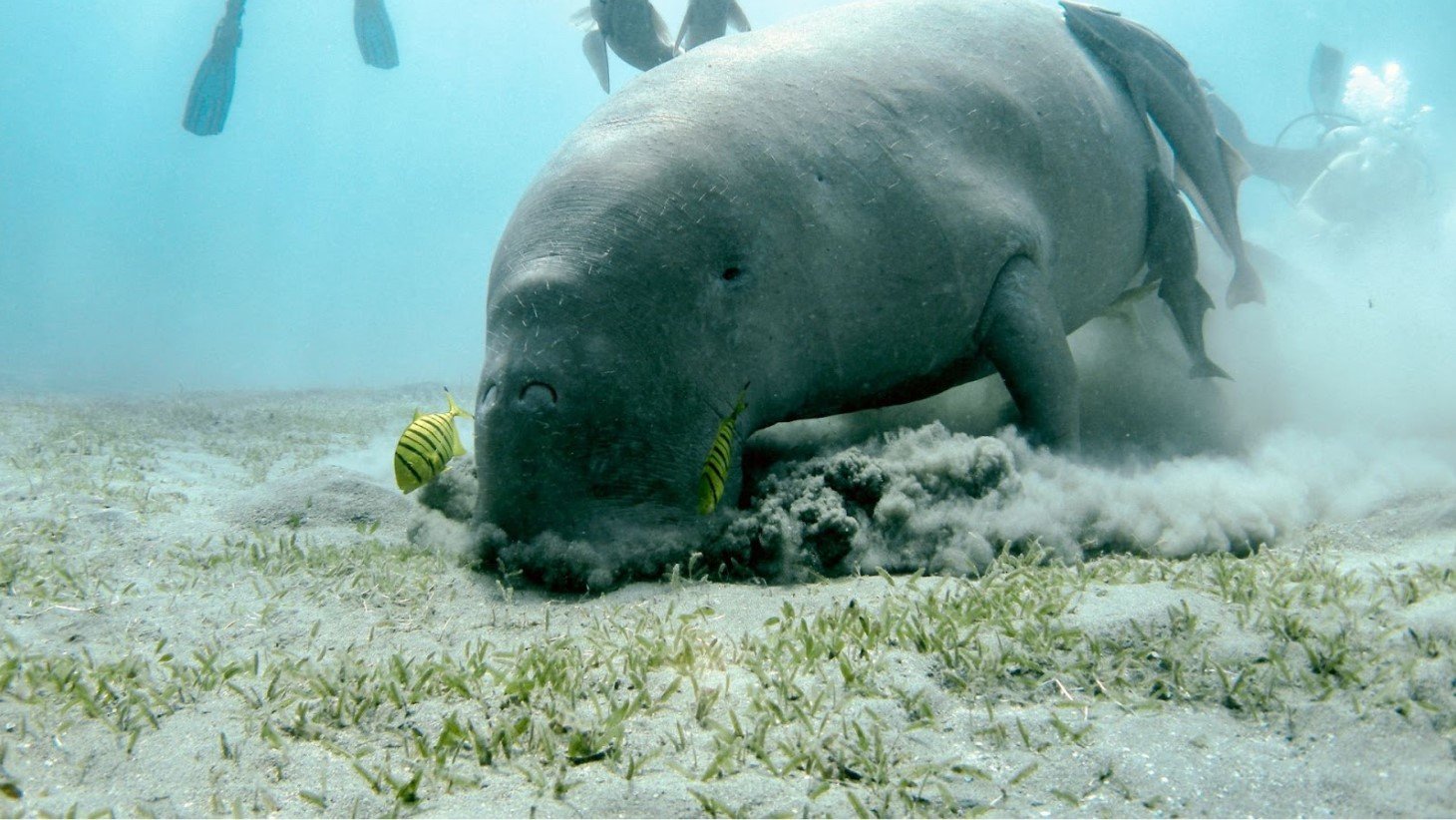
The gathering of these typically solitary animals has been attributed to a drop in water temperatures, according to the BBC.
The temperature in the nearby St. Johns River recently fell to 57°F, prompting the manatees to seek warmer waters. Blue Spring State Park, known for its hot springs maintaining a steady 72°F, became an attractive refuge for these cold-sensitive creatures.
Manatees’ Vulnerability to Cold
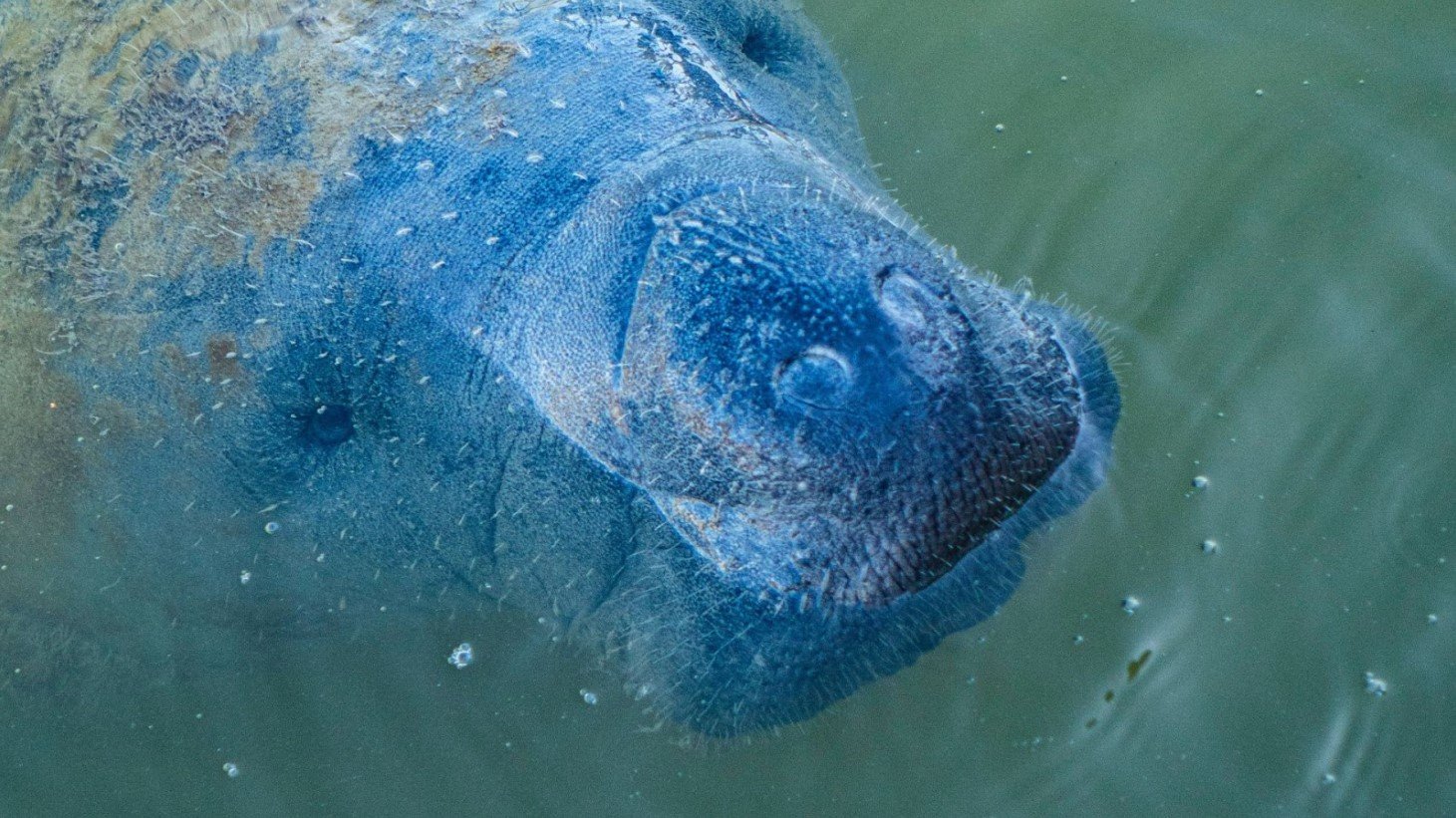
Manatees, despite their appearance, have minimal insulation against cold weather. Most manatees have only about an inch of body fat and are highly susceptible to cold temperatures.
Monica Ross from the Clearwater Marine Aquarium highlighted this vulnerability to the BBC, saying, “Anything below 68°F and a manatee will have to thermoregulate or they start losing heat. And below 60°F they get cold stress syndrome – their extremities do not get blood flow and they could lose skin or portions of their extremities, such as a portion of their tail, from cold stress.”
Manatees’ Potential Health Issues
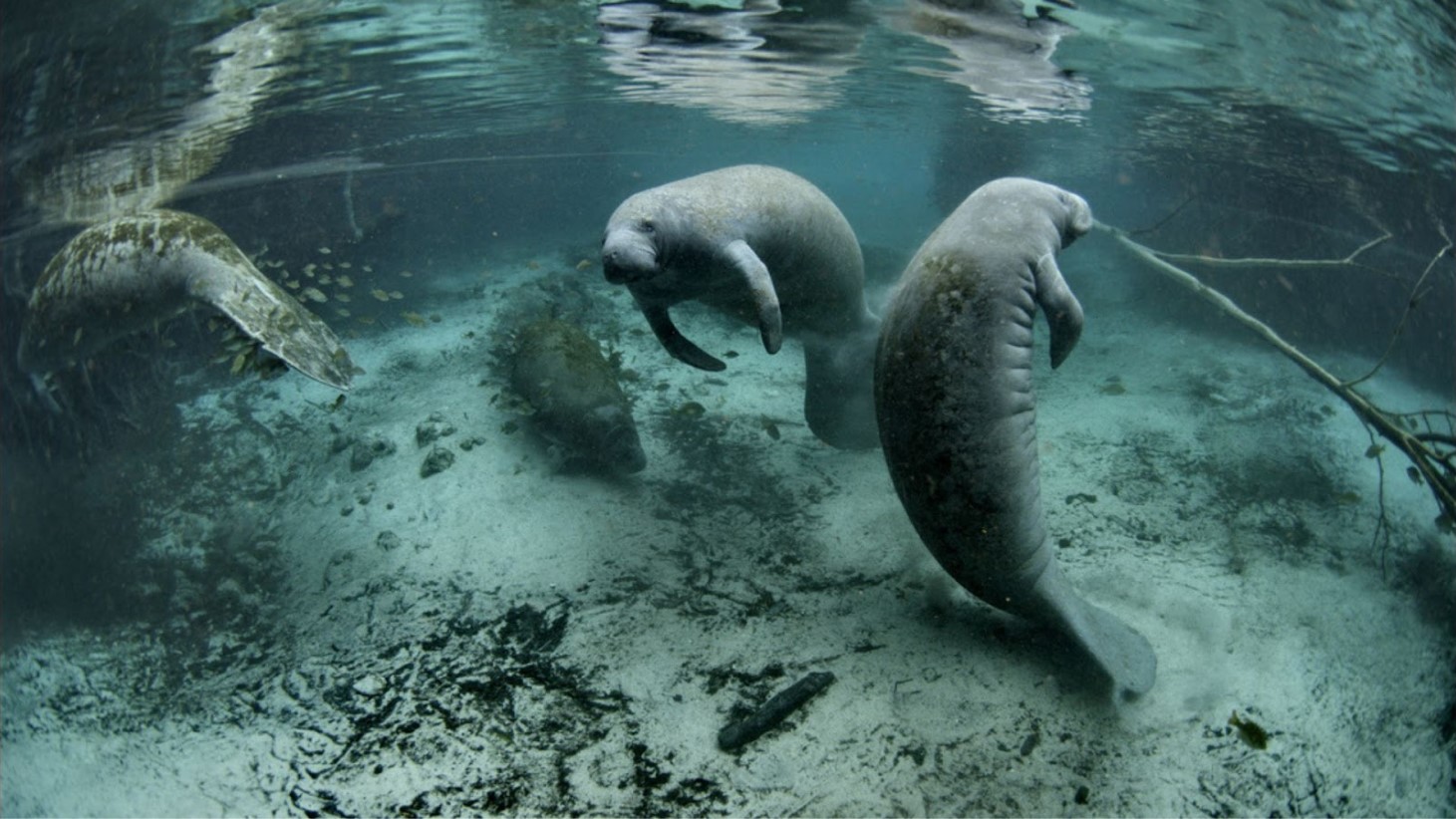
Extended exposure to cold water can also lead to severe health issues, akin to hypothermia, pneumonia, or frostbite, per information from The Florida Department of Environmental Protection.
This vulnerability is a significant concern for conservationists and researchers, as these conditions can severely impact the manatee population’s health and survival prospects.
The Coldest Day Draws Manatees

The record number of manatees coincided with the coldest day of the season, according to Berchem.
The river’s temperature plunged to 58.8°F, prompting the manatees to seek the stable 72°F waters of Blue Spring State Park, as reported by the BBC.
A Sanctuary for Manatees
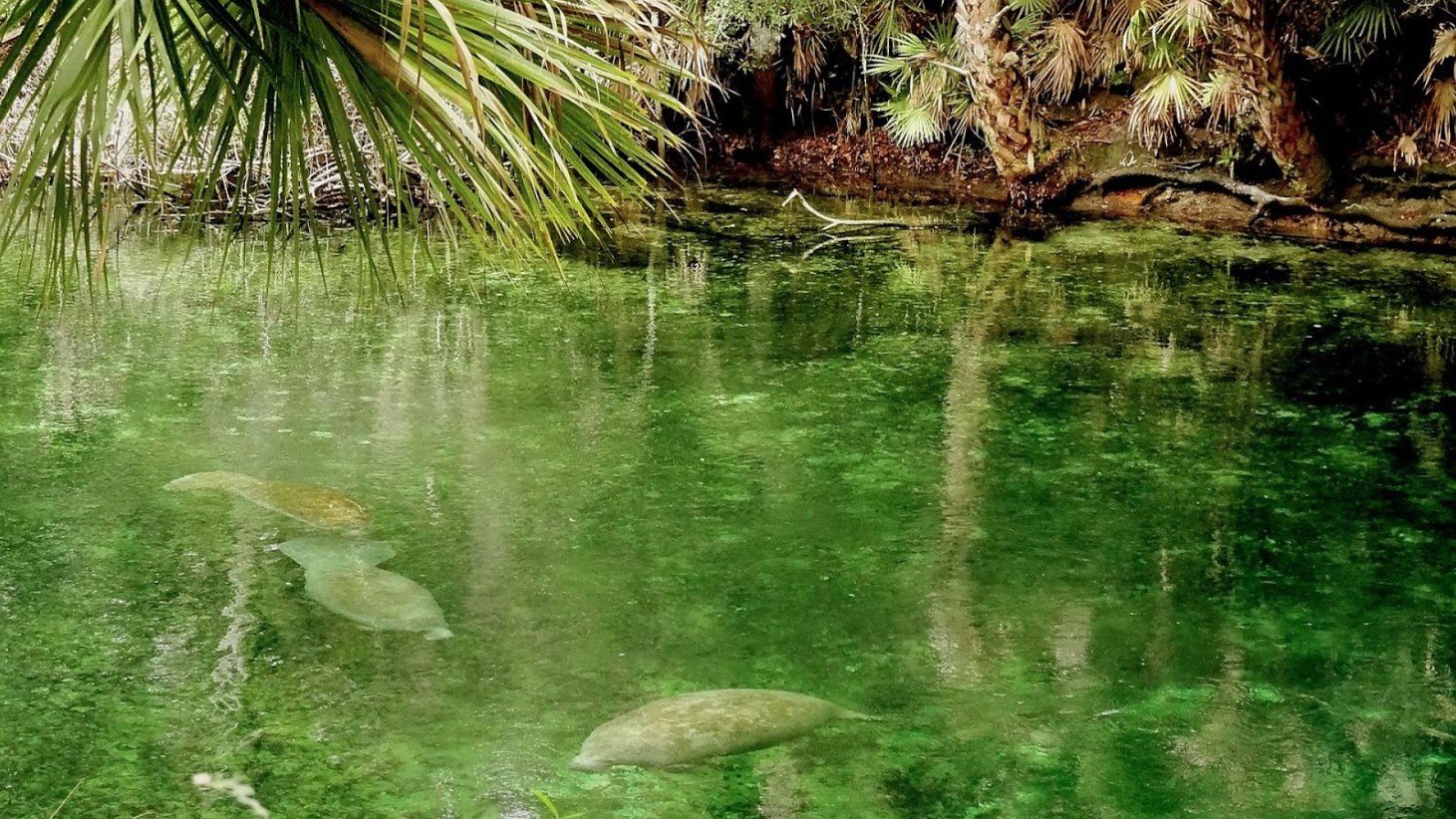
Blue Spring State Park offers more than just warm waters; it serves as a crucial sanctuary for manatees.
The BBC reports that during winter months, activities like canoeing and kayaking are restricted to protect the manatees from potential harm. This protective measure allows the manatees to rest and conserve energy without the threat of collisions with watercraft, making the park a safe haven for these animals.
Setting a New Record

The park officials were astonished at the sight of 932 manatees, posted on Facebook, marking a new record for the park.
The previous highest count, recorded on New Year’s Day of this year, was 736 manatees. This dramatic increase in numbers highlights a significant change in manatee behavior. Cora Berchem from Save the Manatee Club said to the BBC, “This is very unusual. I was definitely expecting to see a high number, but not so many, so quickly.”
The Ongoing Crisis for Florida Manatees
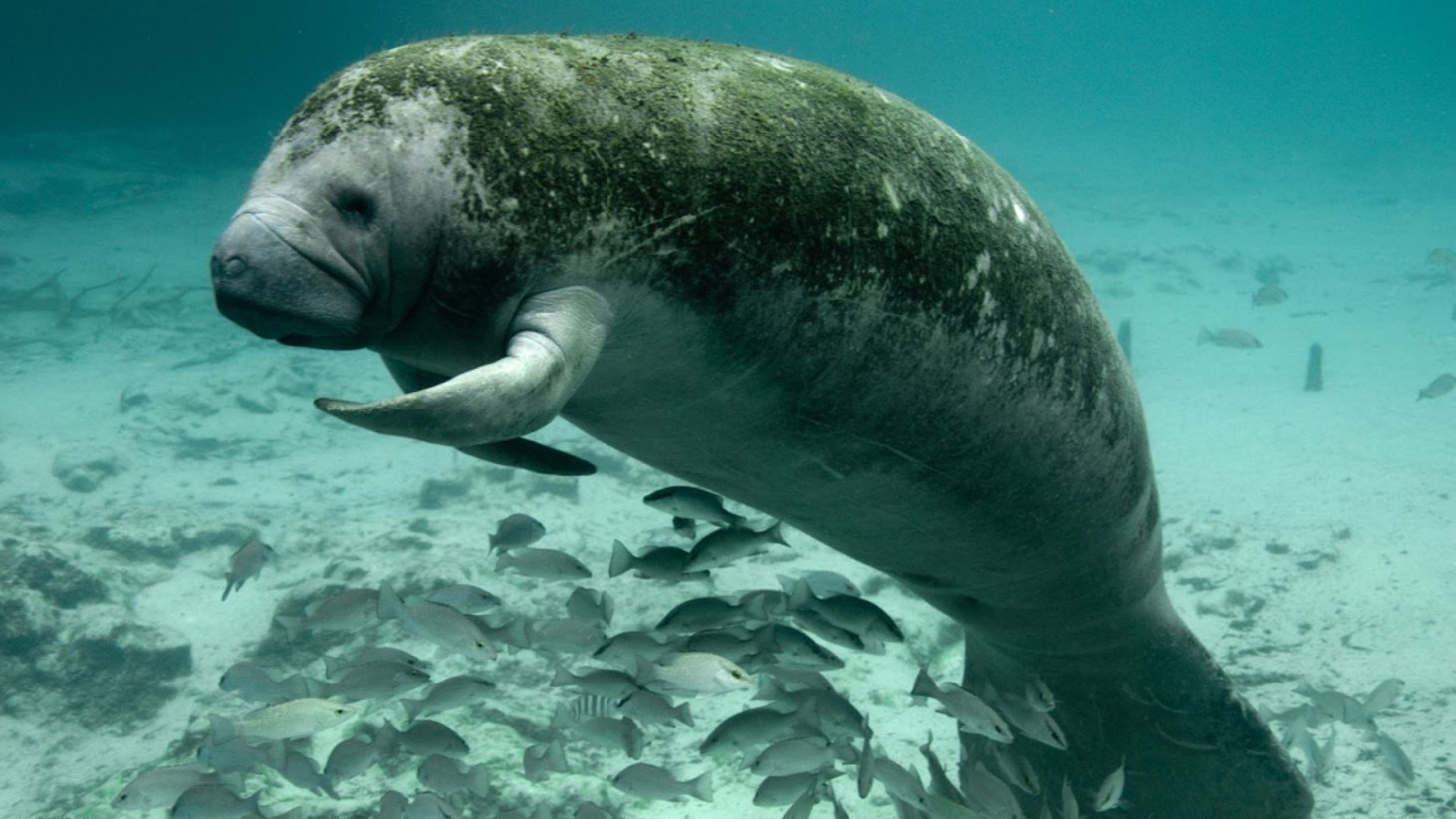
Since 2020, Florida’s manatee population has been undergoing an alarming mortality event, CBS News reports.
This period has seen a sudden and unexpected rise in deaths among these marine mammals. State data revealed that in 2023 alone, over 550 manatees perished.
Challenges Beyond the Cold
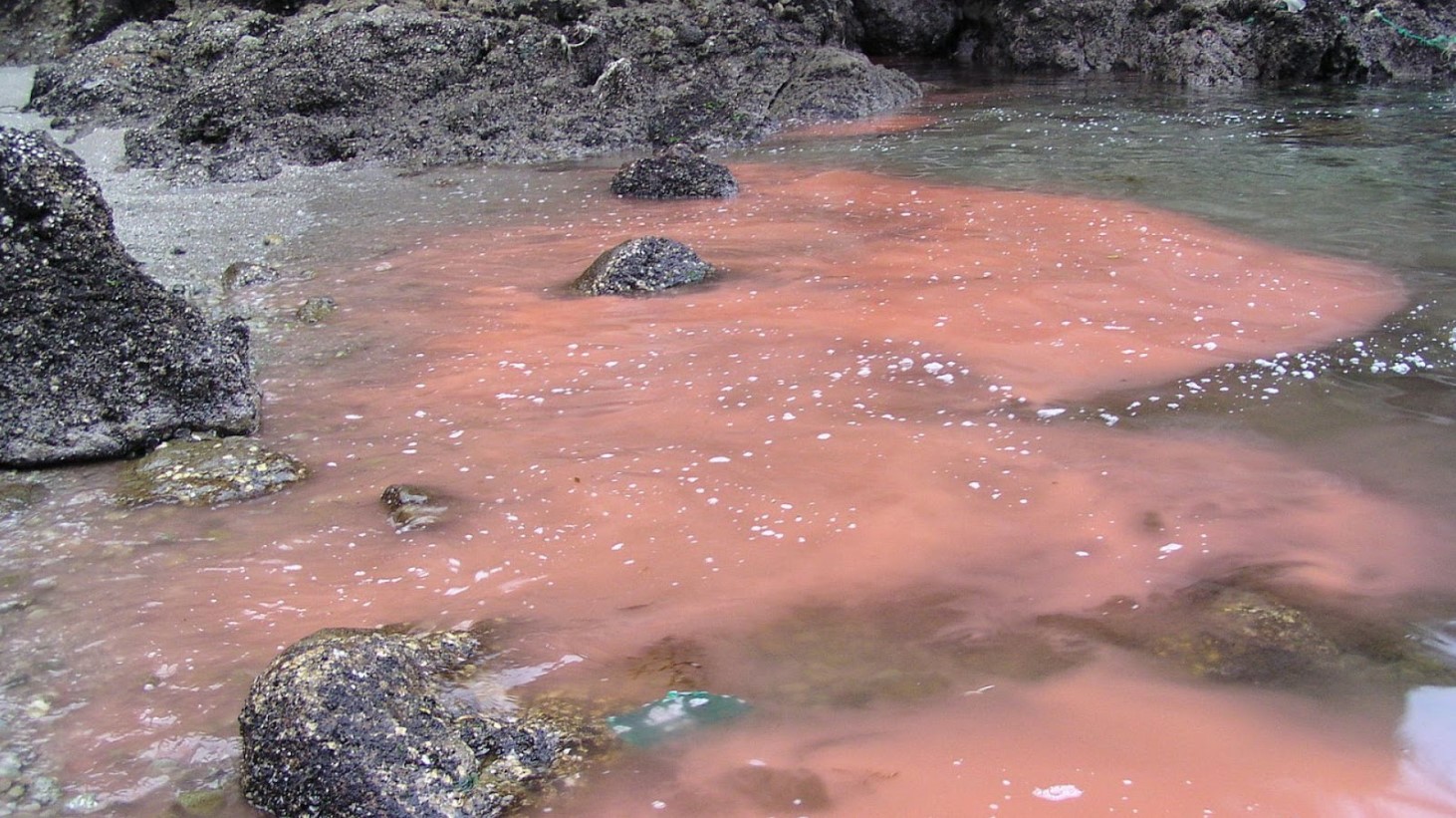
In addition to cold temperatures, Florida manatees face threats from toxic algae blooms.
CBS News reports that the recent significant red tide bloom contributed to numerous manatee deaths. These blooms produce toxins harmful to marine life, including manatees, which can lead to paralysis and other severe symptoms.
Neurotoxin Threat to Manatees

These toxic substances can cause paralysis and weakness in manatees, according to the Florida Fish and Wildlife Conservation Commission. The effects are so severe that they can lead to seizures.
CBS News reports that afflicted manatees often find it difficult to surface for air, struggling with basic survival functions. Symptoms such as facial tremors, general weakness, and beaching are common in these situations, indicating the critical nature of the threat these toxins pose to the manatee population.
Struggle for Adequate Food
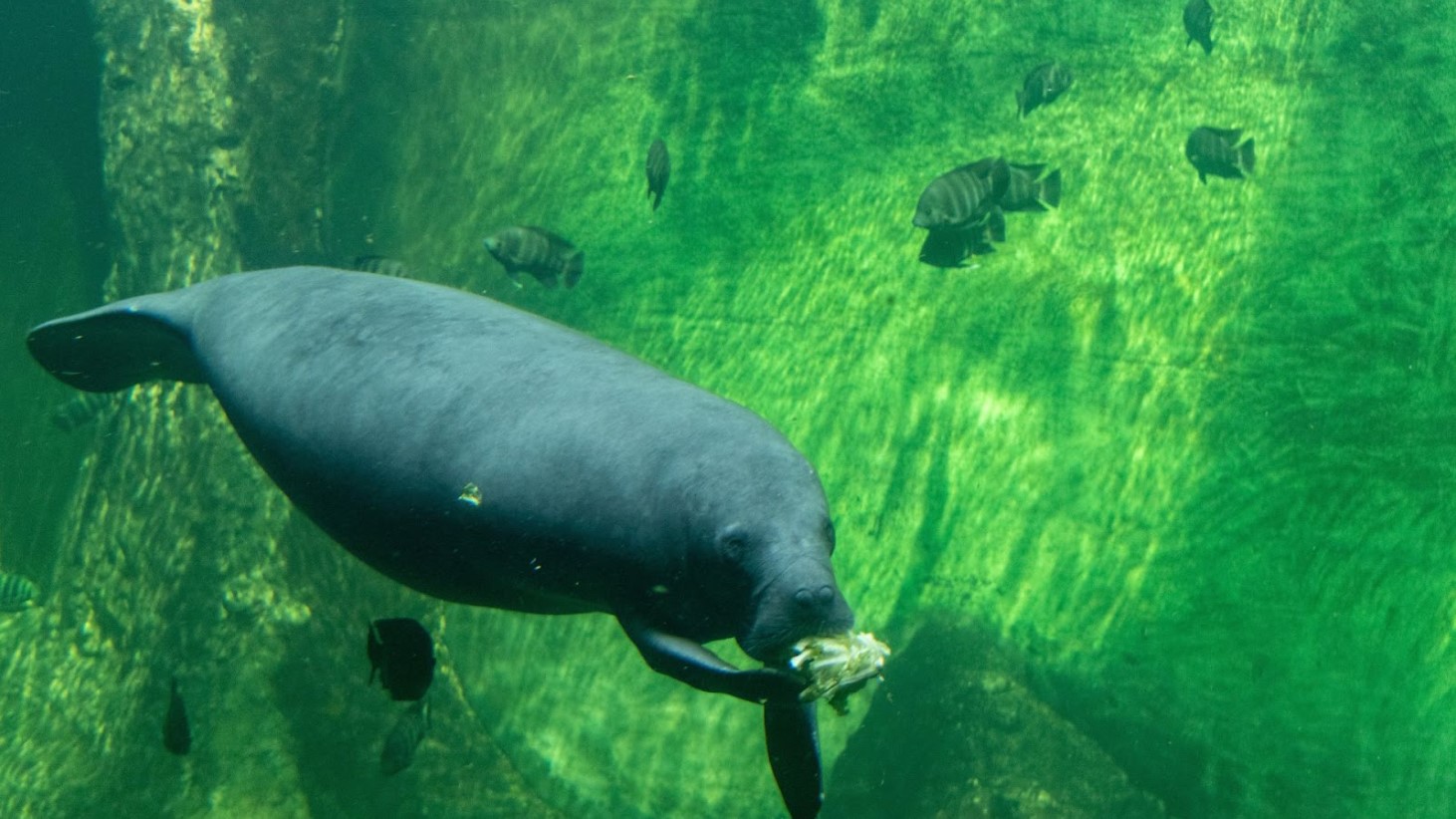
The decline in seagrass beds, a primary food source for manatees, has compounded their challenges. The state has intervened with supplemental feeding programs to mitigate starvation among manatees.
Although this effort has helped, the cessation of the program at the end of 2023 raises concerns about the future availability of adequate food sources for these marine mammals, according to CBS News.
Manatees Recognize Safety
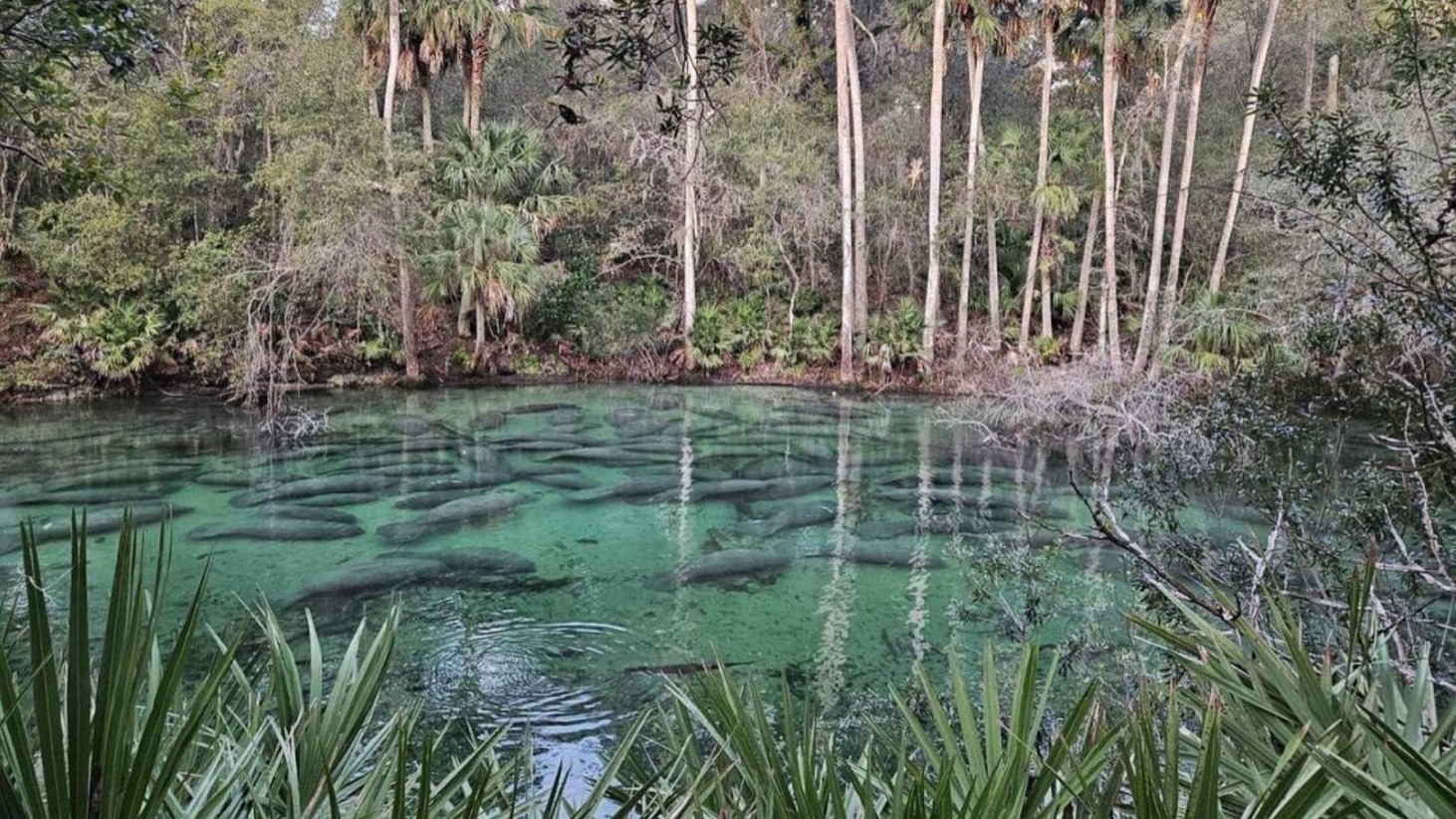
The manatees’ choice to gather at Blue Spring State Park may also be influenced by their recognition of the safety it offers.
Ross suggested to the BBC, “I think the manatees know they are safe at Blue Spring Park through their experiences there.”
